The so-called “mirror-circuit” testing method will help scientists advance the technology behind these super powerful processors. https://bit.ly/3snkgR8


The so-called “mirror-circuit” testing method will help scientists advance the technology behind these super powerful processors. https://bit.ly/3snkgR8
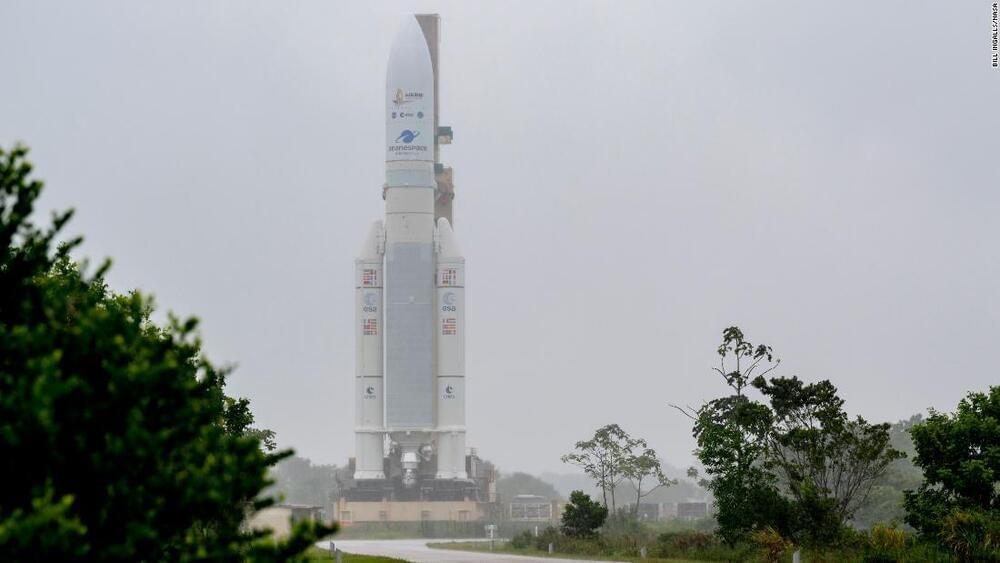
The James Webb Space Telescope is finally on the launchpad. The space observatory, safely tucked inside an Ariane 5 rocket, is expected to launch on December 25.
The rocket and its precious cargo rolled out to the Arianespace ELA-3 launch complex at Europe’s Spaceport located near Kourou, French Guiana on Wednesday.
The rollout took about two hours to complete, according to NASA.

Quantum and biological systems are seldom discussed together as they seemingly demand opposing conditions. Life is complex, “hot and wet” whereas quantum objects are small, cold and well controlled. Here, we overcome this barrier with a tardigrade — a microscopic multicellular organism known to tolerate extreme physiochemical conditions via a latent state of life known as cryptobiosis. We observe coupling between the animal in cryptobiosis and a superconducting quantum bit and prepare a highly entangled state between this combined system and another qubit. The tardigrade itself is shown to be entangled with the remaining subsystems. The animal is then observed to return to its active form after 420 hours at sub 10 mK temperatures and pressure of $6\times 10^{-6}$ mbar, setting a new record for the conditions that a complex form of life can survive.
Israel is nearing the halfway mark of its national drone initiative – an ambitious pilot program seeking to test and prepare operational capacities for UAV use in daily life and business, and place participating companies at the forefront of rapidly approaching aerial services.
According to an official statement, the purpose of the trials is to “integrate the use of drones in routine activities such as transportation of basic products, first aid; (and) deploying a drone attached to a vehicle for real-time monitoring of traffic movement with AI-based elements that can provide forecasts, and much more.”
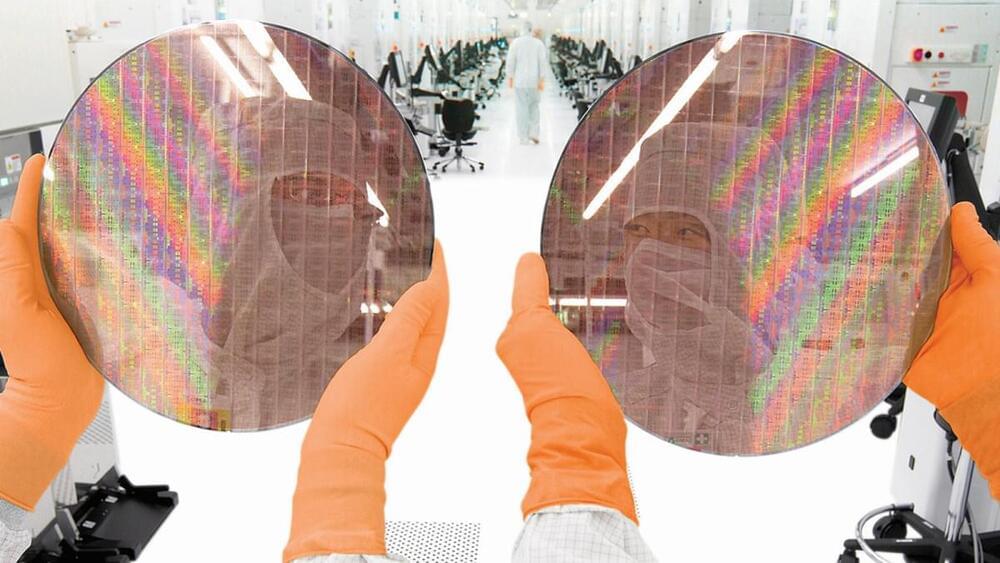
AMD seems confident about its CPU sales growth.
Hampered by undersupply, AMD has just shown how it can increase sales of its CPUs by at least 33% in the coming years.
AMD, late on Thursday, published details of another amendment to its wafer supply agreement (WSA) with GlobalFoundries. The document primarily emphasizes AMD’s confidence in the growth of its CPU business as orders to GlobalFoundries are essentially multiplex orders to TSMC. However, the new WSA may contain some interesting details too.
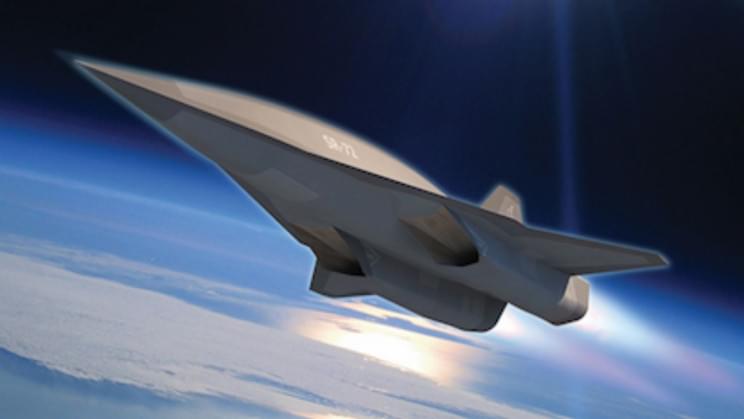
Lockheed Martin’s new hypersonic plane is expected to travel at Mach 6.
The Lockheed Martin SR-72, which is rumored to be the world’s fastest plane, is expected to make a test flight in 2025, eight years after its private proposal in 2013.
SR-72 will be the successor of the SR-71 Blackbird, the fastest manned aircraft which smashed speed records in 1974 and was retired by the U.S. Air Force back in 1998.
The SR-72, or “Son of Blackbird” is envisioned as an unmanned, hypersonic and reusable, reconnaissance, surveillance, and strike aircraft. The striking ability of the aircraft comes to the fore as it will, reportedly, support Lockheed Martin’s novel High-Speed Strike Weapon (HSSW). The aircraft’s combat capabilities enable it to strike its target in dangerous environments that are deemed risky for slower manned aircraft.
Since the technology to build the aircraft was overly ambitious when the project was announced in 2013, the project had to wait for several years.
Full Story:

It burns about half the fuel of the same-sized rotorcraft.
In 1989, Vox conceptualized fixed-wing vertical take-off and landing airframes (VTOL), along with a plethora of sketches that looked straight out of a sci-fi movie, for a way to innovate the idea. Several prototypes and component tests later, the aircraft is in its final stages of assembly, and testing is expected to start next year.
Revolving around the concept of increasing the safety and convenience of the passenger, this hybrid aircraft can also fly three times faster than a helicopter.
“Our aircraft can travel at turboprop speeds and land on nearly any helipad in the world,” Brian Morgan, the COO and EVP of engineering at Vox, told Robb Report. “Like any helicopter, it provides the flexibility and ease of point-to-point travel, but at two to three times the speed, with more comfort and the ability to fly above the weather, all while burning about half the fuel of the same-sized rotorcraft performing the same mission,” he said.
Full Story:
The race is on.
The EV industry is getting more competitive.
Huawei has released further details on a new vehicle it claims not only rivals, but even surpasses Tesla’s Model Y, according to an initial report from CNBC.… See more.
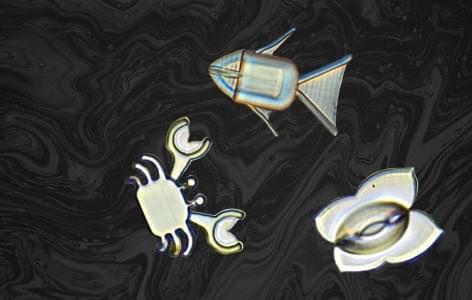
4D printing works the same as 3D printing, the only difference is that the printing material allows the object to change shape based on environmental factors.
In this case, the bots’ hydrogel material allows them to morph into different shapes when they encounter a change in pH levels — and cancer cells, as it happens, are usually more acidic than normal cells.
The microrobots were then placed in an iron oxide solution, to give them a magnetic charge.
This combination of shape-shifting and magnetism means the bots could become assassins for cancer — destroying tumors without the usual collateral damage on the rest of the body.
Full Story:
A school of fish-y microbots could one day swim through your veins and deliver medicine to precise locations in your body — and cancer patients may be the first people to benefit from this revolution in nanotechnology.
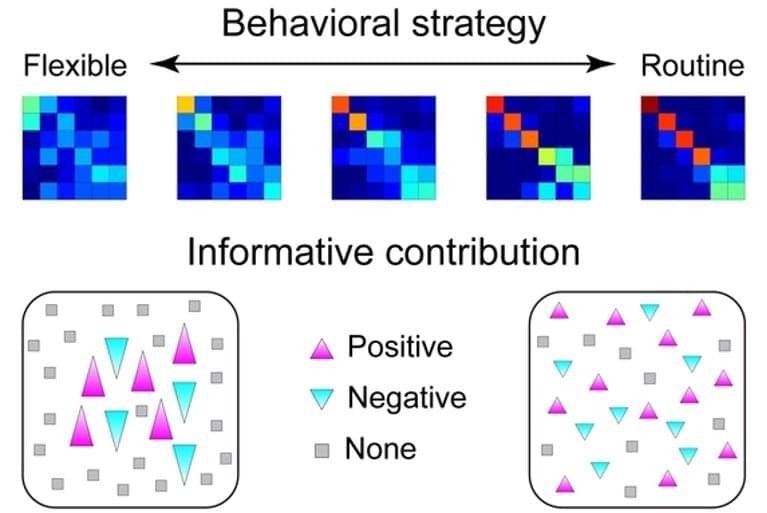
Summary: Researchers have identified a neural mechanism that supports advanced cognitive functions such as planning and problem-solving. The mechanism distributes information from a single neuron to larger neural populations in the prefrontal cortex.
Source: Mount Sinai Hosptial.
Mount Sinai scientists have discovered a neural mechanism that is believed to support advanced cognitive abilities such as planning and problem-solving. It does so by distributing information from single neurons to larger populations of neurons in the prefrontal cortex, the area of the brain that temporarily stores and manipulates information.